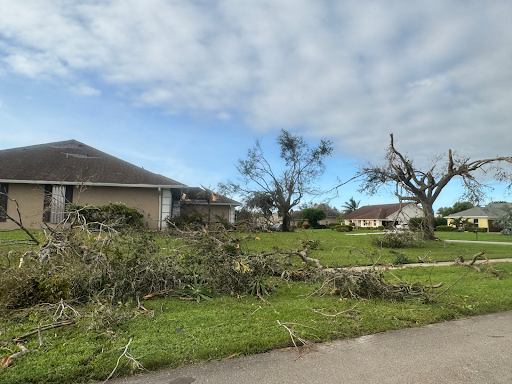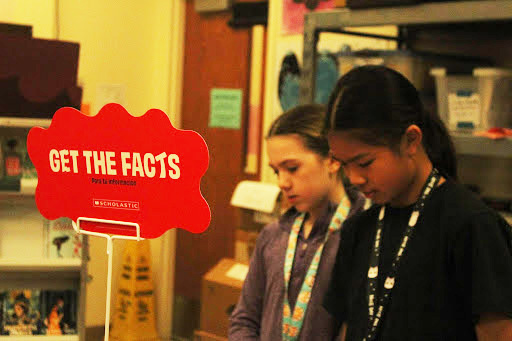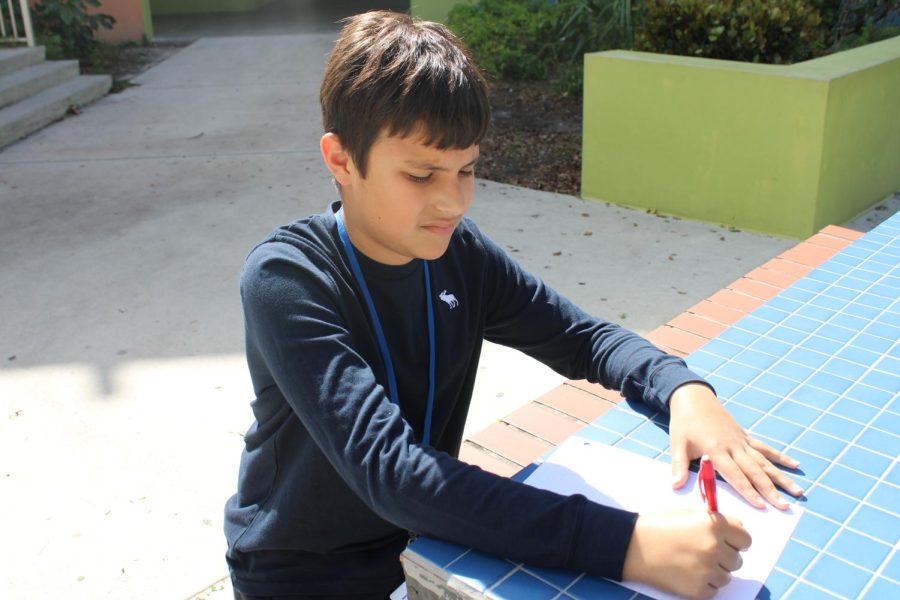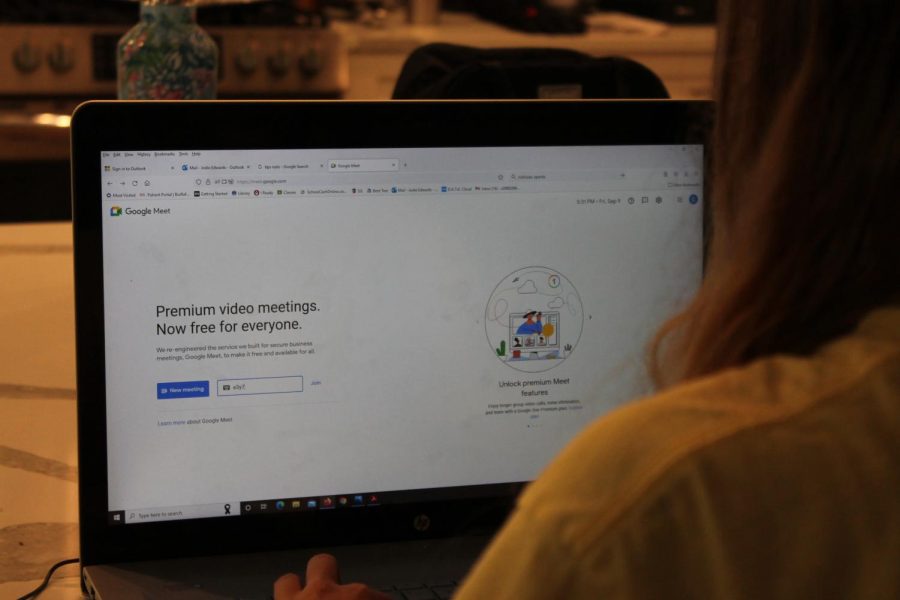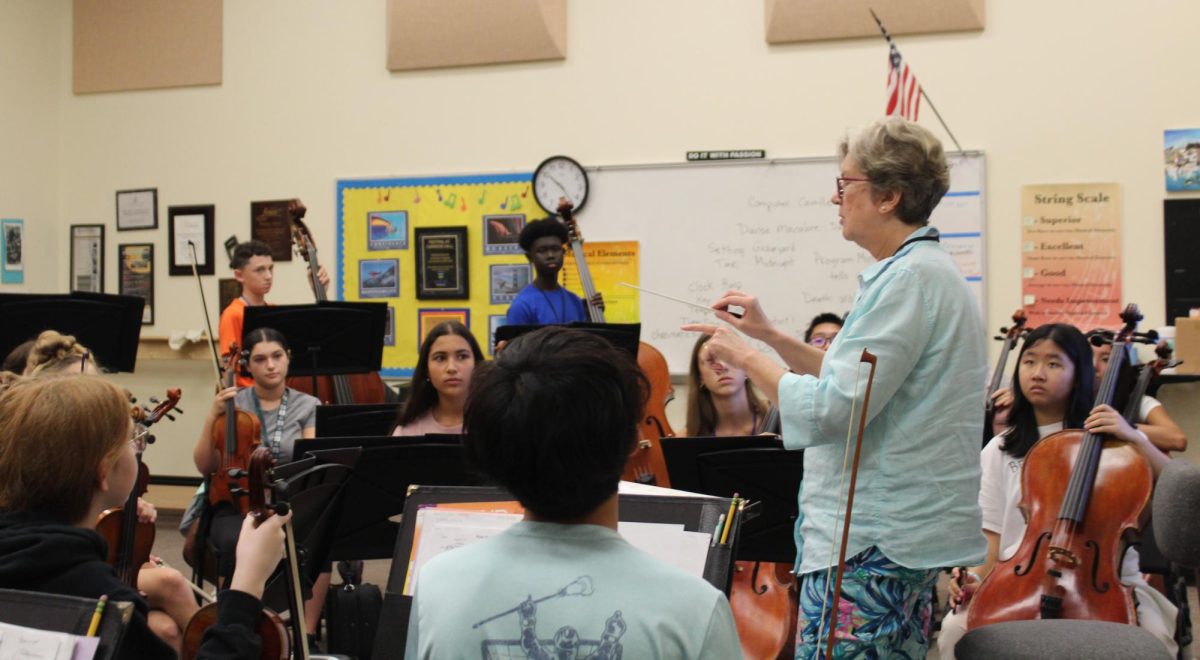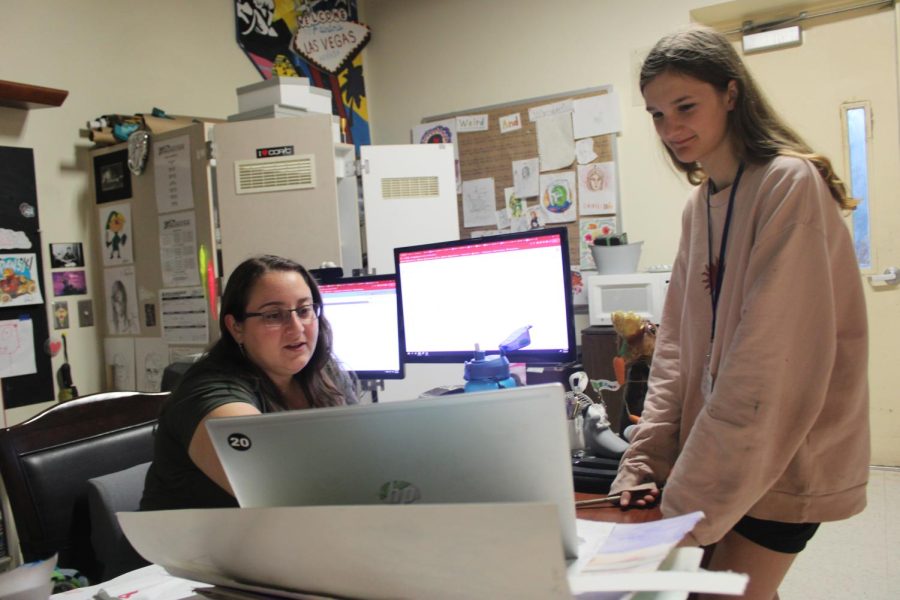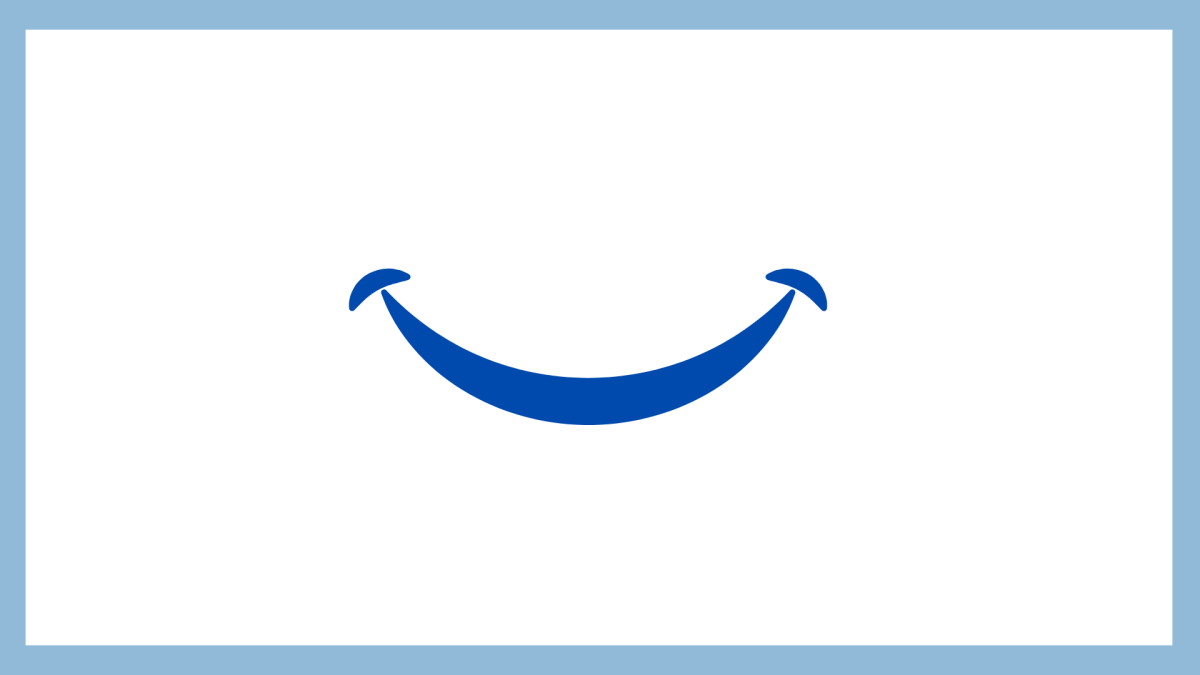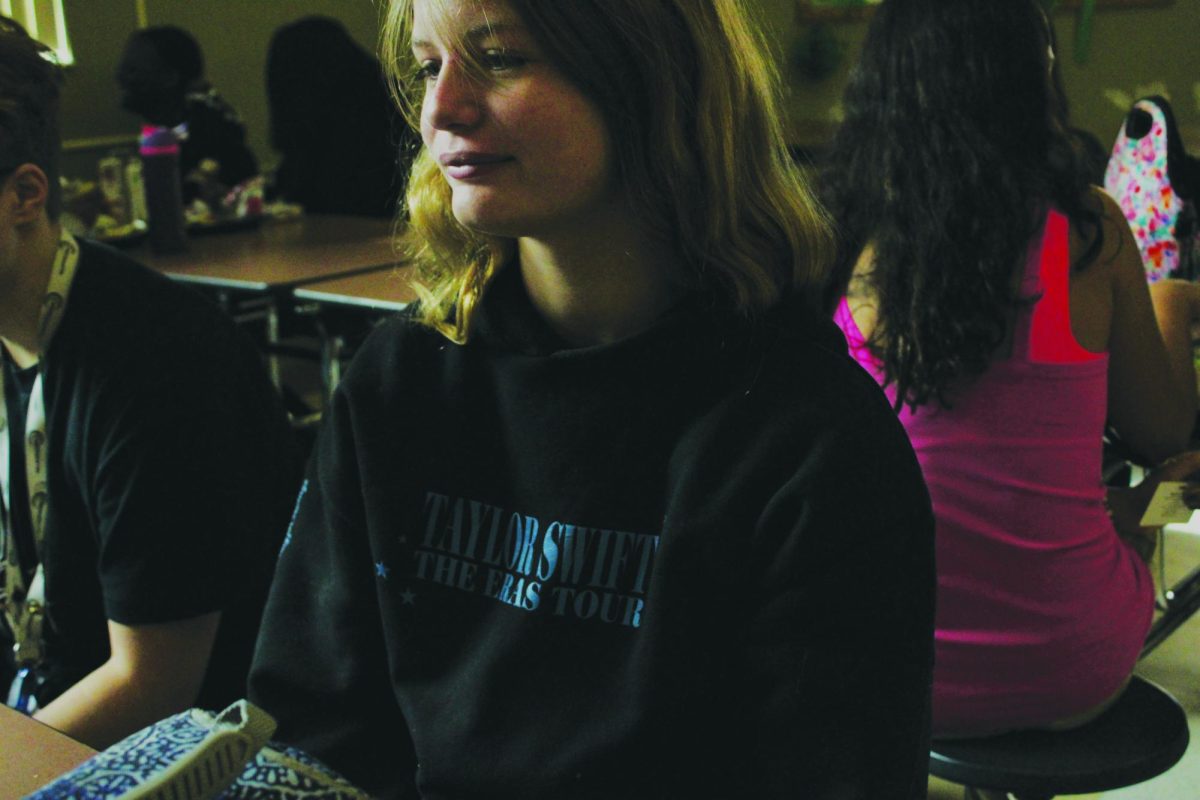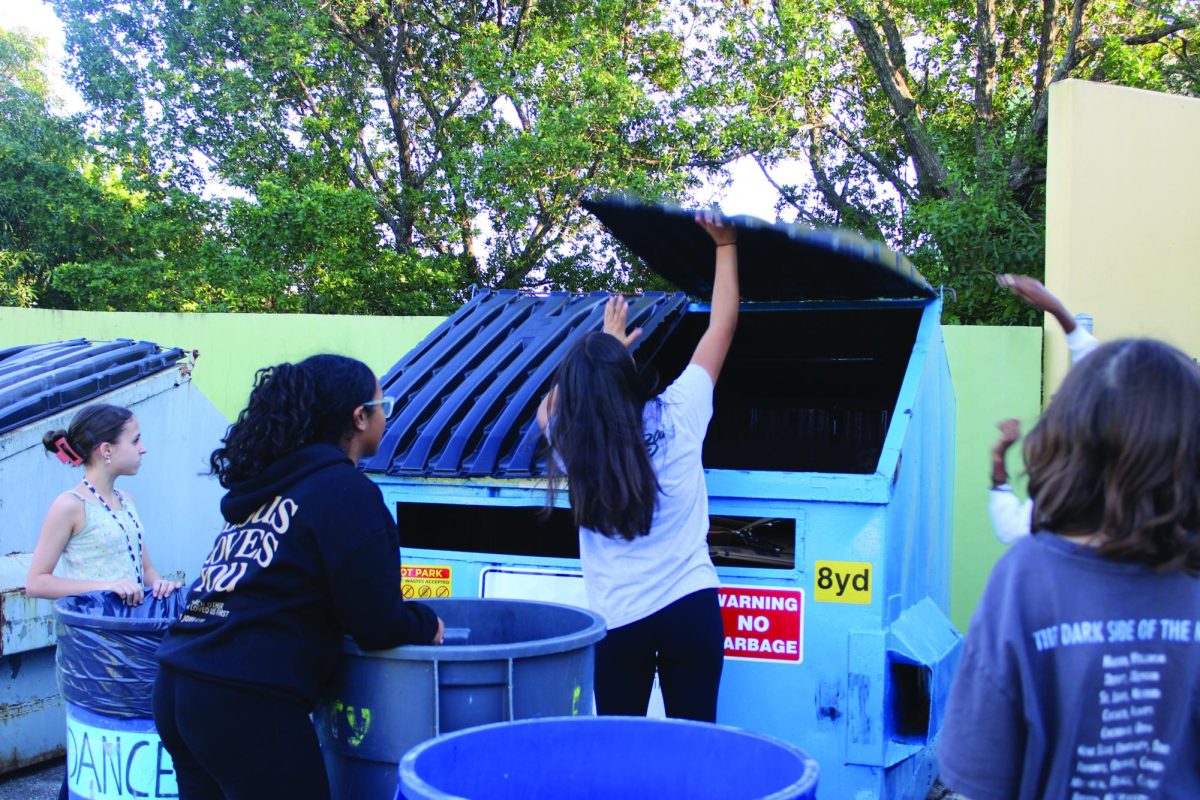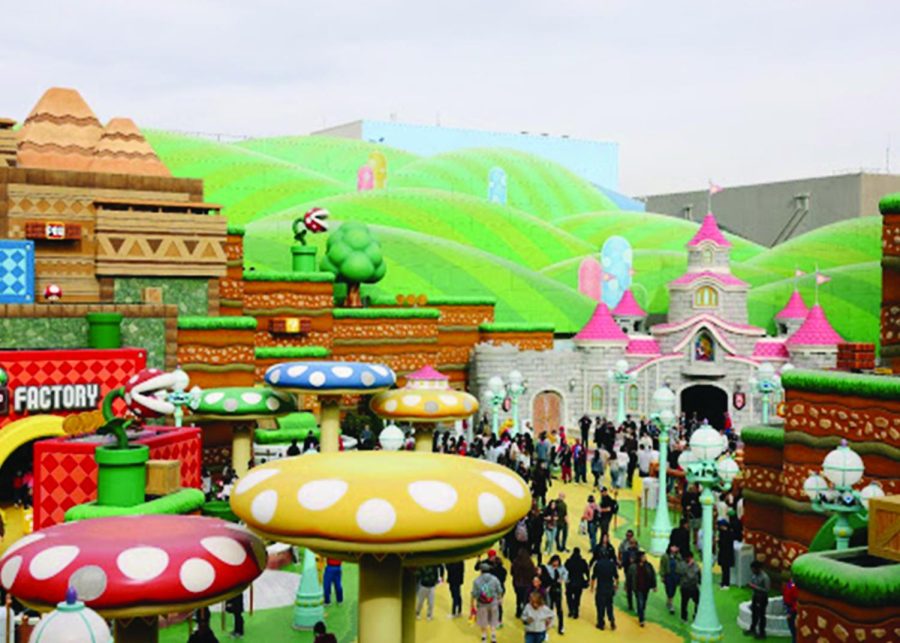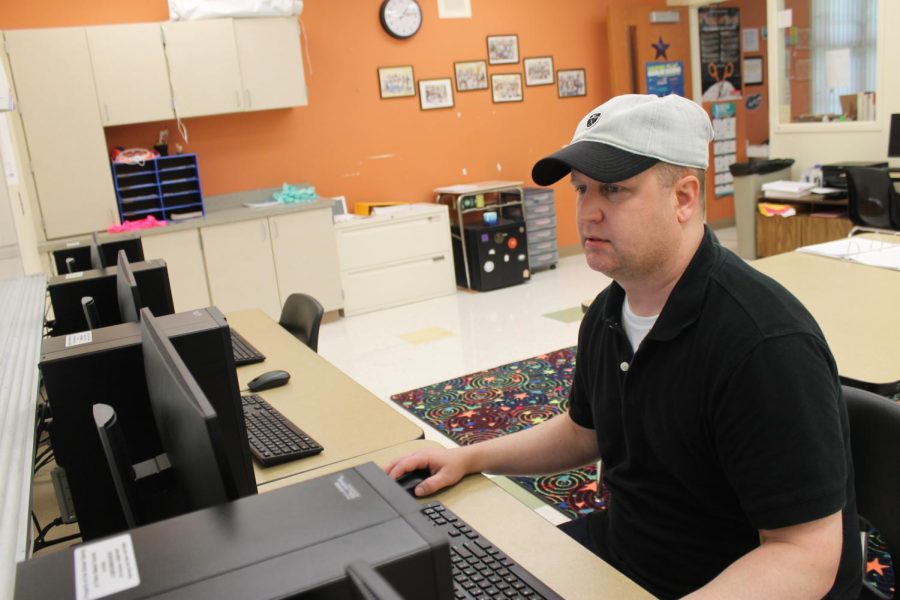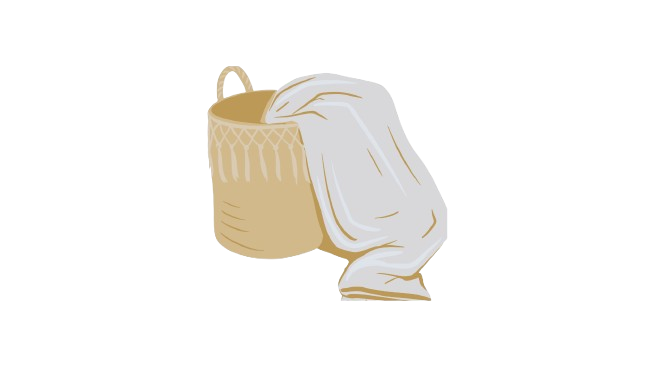Class is released, the bell has rung and students hustle through congested hallways for their long-awaited lunch. The only thing on people’s minds is food and the thirst-quenching feeling of a sip of water. But considering the downsides and germs coating the fountain, it doesn’t seem quite as appetizing. The solution, incorporating water-refilling stations for a more sanitary and healthier alternative.
Many students resort to other flavored beverages instead of water which contain caffeine and sugar. This ultimately produces overstimulation in the body, resulting in dramatic energy boosts with steep crashes developing in difficulty in concentration levels.
“Well-hydrated students are more alert throughout the school day, have more focus and are better able to concentrate in class, and perform better on tests and extracurriculars,” according to an article by drinkflowater.com. Water-refilling stations are an alternative that allows for fresh, good-tasting water that aids headaches and energizes students to be more productive and pay close attention in class.
By drinking more water a student’s hydration will increase while their weight will decrease. Having refilling stations at a student’s disposal allows them to automatically choose water first- reducing the likelihood of drinking unhealthy beverages.
As stated by arkansasobesity.org, “One study has shown each daily serving of sugar-sweetened beverages was linked to a 60% increased risk of obesity. Water filling stations provide an easy alternative to soda or sugary juices.” Instead of having students consume over 30 gallons worth of sugary drinks a year, water refilling stations are fast, accessible, and preferable to use on the go to stop a grand amount of sugar intake.
Water is essential in allowing students to grow stronger in their learning and intelligence, thus, these refilling stations encourage students to stay hydrated at all times.
According to yourthecure.org, “Studies show when water bottle filling stations are installed in schools, students nearly triple how much water they drink at lunchtime.” With increased water intake, students have better visual attention and motor skills while reading, reasoning skills, and short-term memory- ultimately positively impacting a child’s academic performance.
Water refilling stations help promote good hygiene. They have recessive spouts that fill a student’s bottle or container when placed underneath, making it completely touchless. This reduces the spread of diseases and germs.
According to an article by Chicago Faucets, “School water fountains and faucets can harbor bacteria which leads to infection and illness. The most common forms of bacteria found in school water systems are Legionella, E. coli, Giardia, Norovirus, and more.”
It is known that water fountains are the germiest thing in schools and are recommended to be used even less due to the COVID-19 pandemic to reduce the spread of powerful diseases. (arkansasobesity) Therefore, filling stations, with their advanced filtration system and touchless dispensing mechanism, release purer water with no worry of the spread of germs through the mouth or hand.
While incorporating water-refilling stations into schools offers health benefits, some may argue that the cost of installing and maintaining these stations may pose an obstacle for schools, particularly those with limited budgets.
Although this may be costly, we believe that this will overall provide students a healthier water source and provide countless benefits to their health and academic performance school-wide. If one station-the simplest version of the installation for an affordable price- would be placed in each building, money can be put aside and wisely used for only a limited number of stations replacing the fountains across campus.
All in all, water-refilling stations are a beneficial alternative to water-fountains. Ranging from preventing the spread of diseases, to helping reduce obesity, to even improving a students productivity in class, this mechanism can be a positive change if implemented for students.




